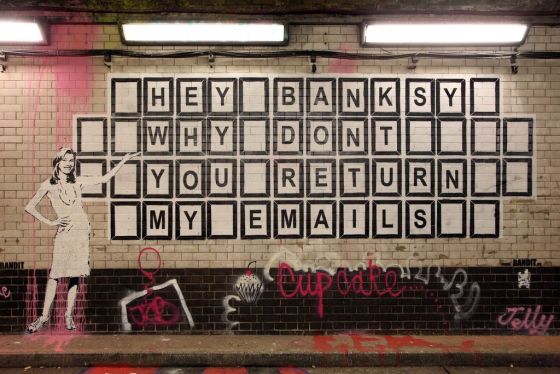“What you write is less important than who you send it to,” said Andrew Hennigan, who teaches workshops about email, in a discussion on Quora. “Even if your cold email were written by the world’s best writer it would still be deleted unread.”
Great, perfectly written and timed emails go unread all the time. Still, the Internet is still awash with advice of how to get people to respond to your emails. Let me save you some time. In a nutshell, all the advice says:
Keep it brief
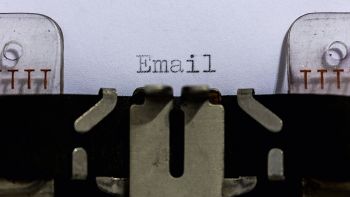 If you’re just meeting someone for the first time whether in person, or online, keep it brief. Keep your introduction brief, your product pitch brief, your subject line brief, your email brief, and your request brief. It all boils down to the assumption that people don’t want to spend any time with you at all and the way you succeed is to take as little of their time as possible.
If you’re just meeting someone for the first time whether in person, or online, keep it brief. Keep your introduction brief, your product pitch brief, your subject line brief, your email brief, and your request brief. It all boils down to the assumption that people don’t want to spend any time with you at all and the way you succeed is to take as little of their time as possible.
It’s not brevity that people need, but rather applicability and a reason to talk with you. It’s difficult to impossible to time communications when a person needs the information, and often we have no idea what they’re working on to be able to help them. We need to look to other tactics beyond “writing the perfect email” to improve communications response.
I’m far from an expert on this topic as every day I’m trying to figure out how to get people to respond to my requests. I’ve got plenty of sent emails that go unanswered. Regardless, I have learned a few techniques that do work.
A newsletter to get them at the right time, whenever that may be
If you don’t have a newsletter or some type of regular series for which you’re pinging your network regularly, start one. Newsletters have many benefits. For us, we’ve found them to be a phenomenal tool to reach people at the time they need and want to be reached. It’s a simple soft way to remind people about you and your services. Inevitably, after an email blast we’ll get a message from someone saying, “Your newsletter was very well timed. We were just thinking about calling someone about an upcoming project.”
Finding this article useful thus far? please subscribe to my newsletter, Spark Notes* to get my other articles. The newsletter is a fun read filled with new media goodies. Take a look at some of the past issues.
Reach out to the people who passively show they care about you
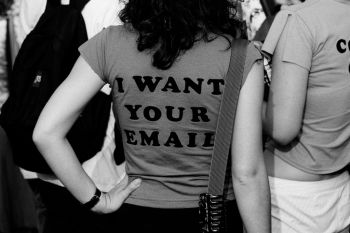 People are often shy to reach out proactively, but not necessarily passively. If you send out a newsletter, your email marketing tool will give you great insight as to who opens your emails, how many times they open it, and what links they click on. If you’re dealing with heavy volume, you could set up drip campaigns to send more emails whenever certain links are clicked, or I prefer to use that information as a “who to contact first” guide.
People are often shy to reach out proactively, but not necessarily passively. If you send out a newsletter, your email marketing tool will give you great insight as to who opens your emails, how many times they open it, and what links they click on. If you’re dealing with heavy volume, you could set up drip campaigns to send more emails whenever certain links are clicked, or I prefer to use that information as a “who to contact first” guide.
Set aside time after an email campaign to actually do that follow up process. If you don’t, you’re missing a golden opportunity to time a great follow up personal call/email that has a very high potential to be answered/opened and warmly received.
Stop saying “I want”
A common mistake a lot of people do in an email is keep saying “I want.”
For example:
“I wanted to see when you were available for a quick chat.”
“I wanted to just send you a follow up note.”
That’s not the tone you want to set. It’s the receiver that is obviously helping you and it’s not that attractive an opportunity. Expect all emails with a flurry of “I wants” to be deleted.
Help potential clients get press
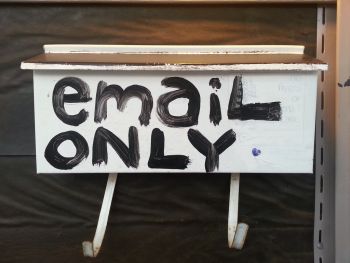 If you have friends who have blogs, podcasts, newsletters, or are just great connectors, go out of your way to connect them to a potential customer. An introduction from someone else that says, “You need to interview this person,” will usually land on welcome ears as finding good guests to interview is very difficult. I know as I’m always looking for good smart people to interview for various projects.
If you have friends who have blogs, podcasts, newsletters, or are just great connectors, go out of your way to connect them to a potential customer. An introduction from someone else that says, “You need to interview this person,” will usually land on welcome ears as finding good guests to interview is very difficult. I know as I’m always looking for good smart people to interview for various projects.
If successful, this action offers three different follow up touch points:
- Follow up after they’ve recorded the interview to ask how it went.
- Follow up after it’s published.
- Follow up by promoting the piece via your social channels.
You’ve just created lots of great moments that will make your relationship with the potential customer even stronger.
Ask for an interview
This is essentially at the core of our business. My firm, Spark Media Solutions, creates relations-based content. We get a lot more response from an email entitled, “Can I interview you?” than a mass mailed PR request (read “Why Most PR Pitches Are Like Requests for Anonymous Sex”). An interview request takes you out of sales mode and into relationship building mode. When you publish that interview, let them know their interview is live. They will definitely open your email. Lastly, by agreeing to an interview it’s an implicit endorsement of you and your brand. Use that leverage to follow up again.
Compliment, compliment, compliment
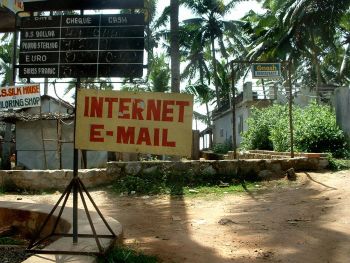 You can never go wrong if you genuinely compliment someone. Don’t send one of those, “I’ve been reading your blog and I really like the stuff you write.” If we’re smart enough to write a blog, we’re smart enough to know that’s a mass-mailed compliment and doesn’t deserve a response.
You can never go wrong if you genuinely compliment someone. Don’t send one of those, “I’ve been reading your blog and I really like the stuff you write.” If we’re smart enough to write a blog, we’re smart enough to know that’s a mass-mailed compliment and doesn’t deserve a response.
The best time to compliment someone is when they’ve done something cool, such as write something or appear in the press. I use the service Newsle to know when my contacts are mentioned in the press or publish something. Very few people take advantage of this timely moment to reach out. Use their good fortune to also promote them via social channels.
Name drop in the subject line
A subject line that says, “John Smith suggested I contact you,” will inevitably be opened. It’s almost like getting an email from John Smith.
Make sure to add “because”
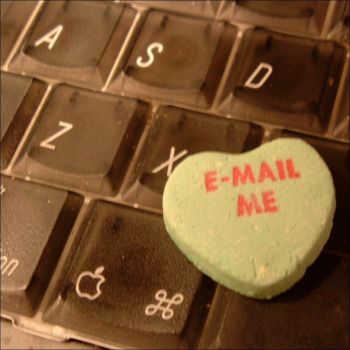 According to a Harvard social psychology study, if you include “because” and add a reason, even if nonsensical, it will dramatically increase your compliance. In the previous example, you could add to the subject heading, “John Smith suggested I contact you because we need an answer.”
According to a Harvard social psychology study, if you include “because” and add a reason, even if nonsensical, it will dramatically increase your compliance. In the previous example, you could add to the subject heading, “John Smith suggested I contact you because we need an answer.”
In the Harvard study, 93 percent of people complied to a request of cutting in line at the copier solely by asking, “Can I use the copy machine first because I need to make a copy?”
Have the name you’re dropping send the email as an introduction
You could send that message yourself, but you can improve your chances for success if you let the person you’re name dropping send that very email. Rewrite the email as an introduction of you from your colleague’s vantage point. Just ask your colleague to copy, paste, and cc you on the message.
Use anything but email
Everyone has a volume problem with email and it’s easy to delete messages en masse from our inbox. Ping people in places where it’s unusual for them to get a private message such as Twitter or LinkedIn. We do get them, but not nearly as much. You will get seen, and possibly get a response, in this not-so-usual place for messages.
CONCLUSION: Your goal is to get a response
Too many first communications ask for too much. The goal from any type of first engagement is just to get a response that will hopefully head down the road of a relationship. Except for consumer goods, we rarely purchase from service providers without a relationship, or a relationship from someone who has used this service provider before.
With your initial communications, think relationship mode, not sales mode.
Creative Commons photo attribution Bruno Girin, Skley, 28 Dreams, Samuel Huron, mattwi 1s0n, idogcow.

